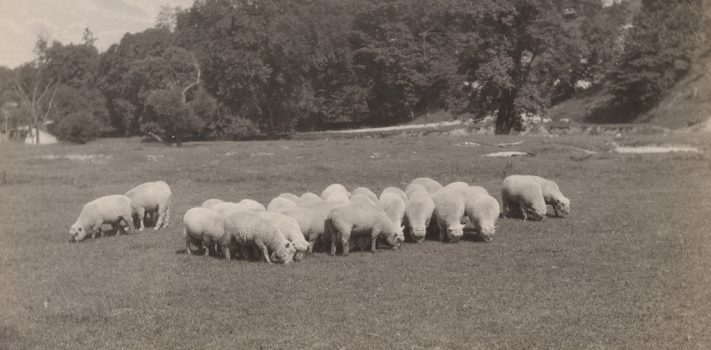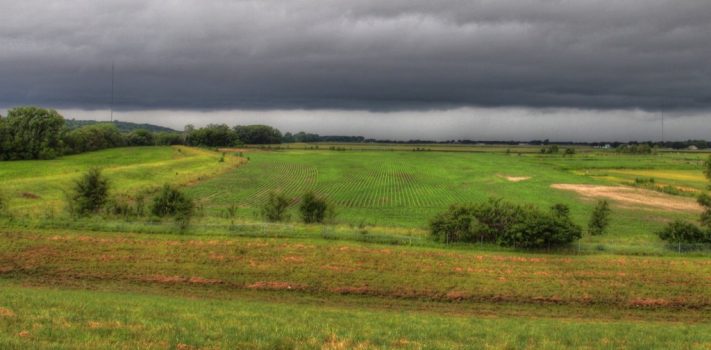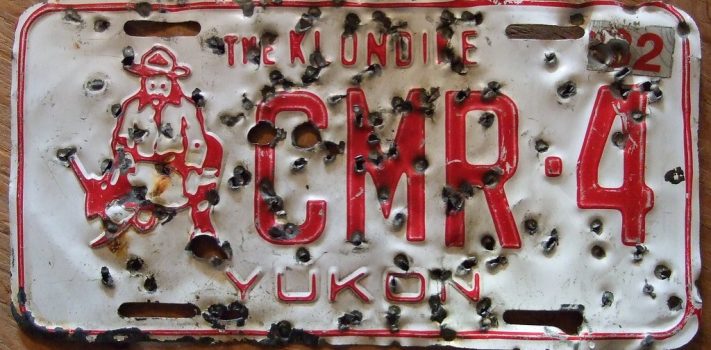(Continued from Part 1. This concludes the article.)
Security
First off, never tell anyone that you have gold and silver stored at your home. Second, you must break rule #1 and tell someone you trust about the location, emphasis on trust. You will want to tell your wife/husband. Additionally, you will want to tell one of your heirs. You do not want to have your gold and silver lost to the person who buys your home when your heirs sell it if your heirs are unaware that you have gold/silver hidden on the property. Whomever you tell, emphasize to them that they should tell absolutely no one else. You will likely know ahead of time if someone is a blabbermouth and therefore not select them as your trusted heir.
If you store gold and silver at home, be prepared for the situation where a home invader knows of your gold and silver and threatens to torture/kill one of your loved ones if you don’t hand over the gold and silver. Will you give them what they want? Will you fight back? What if the home invader is given what he is asking for and then kills all of you anyway? Decide now on how you will handle such an unthinkable situation before it happens. Will you fight? Will you give up your gold/silver and hope that the thief does not murder you and your family members present even after receiving the gold/silver? Plan now so you will be prepared mentally.
Do not store more gold/silver at your home than you are willing to lose. My personal strategy is to store sufficient 90% junk silver (good for small transactions) at home to provide for my family should the Schumer hit the fan. The remainder is stored in commercial vaults, segregated and insured.Continue reading“How To Buy and Store Gold and Silver – Part 2, by Rocket J. Squirrel”














